A fluorescence microscope is an optical microscope that uses fluorescence instead of, or in addition to, scattering, reflection, and attenuation or absorption, to study the properties of organic or inorganic substances. “Fluorescence microscope” refers to any microscope that uses fluorescence to generate an image, whether it is a simple setup like an epifluorescence microscope or a more complicated design such as a confocal microscope, which uses optical sectioning to get better resolution of the fluorescence image.
A fluorescence microscope requires fluorescent filters, usually three filters are combined in the fluorescence filter cube, and different light sources and fluorophores can be used to observe different cells. filters for fluorescence microscopy needs suitable blocking density OD numerical value, high signal intensity, and high contrast.
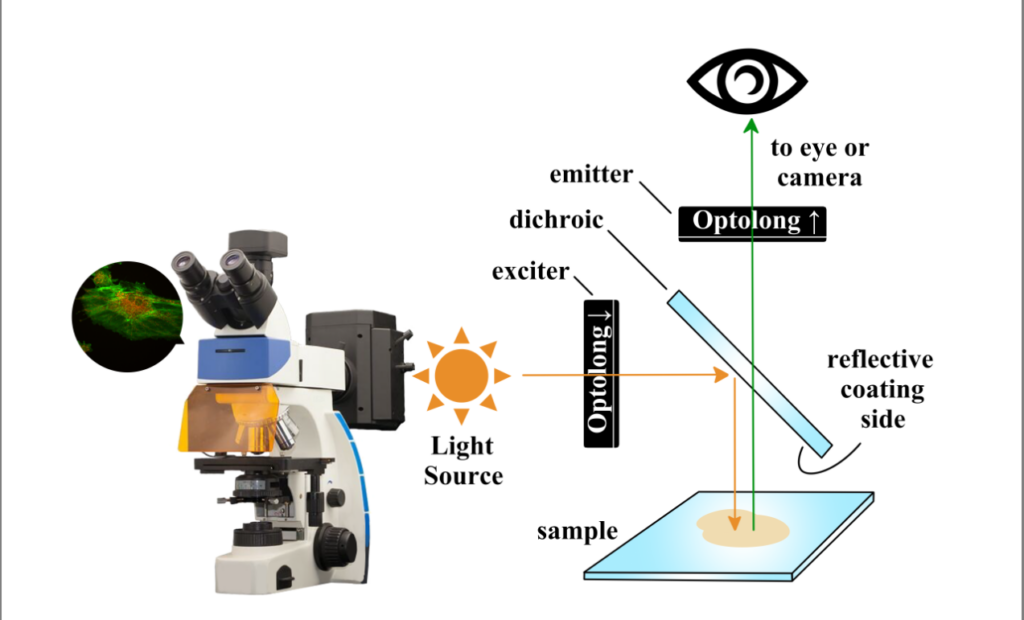
Descriptions of Fluorescence Microscopy Filters
Fluorescence microscopy filters rely on optical filters rather than monochromators for wavelength selection. Most fluorescence microscope is performed using the epifluorescence configuration. The term epifluorescence refers to excitation and emission passing through the same objective. This configuration has the advantage of most of the excitation traveling away from the detector. Additionally, the excitation can be observed for the same location. Even though most of the excitation passes through the sample, a substantial fraction of the excitation is reflected or scattered back into the objective.
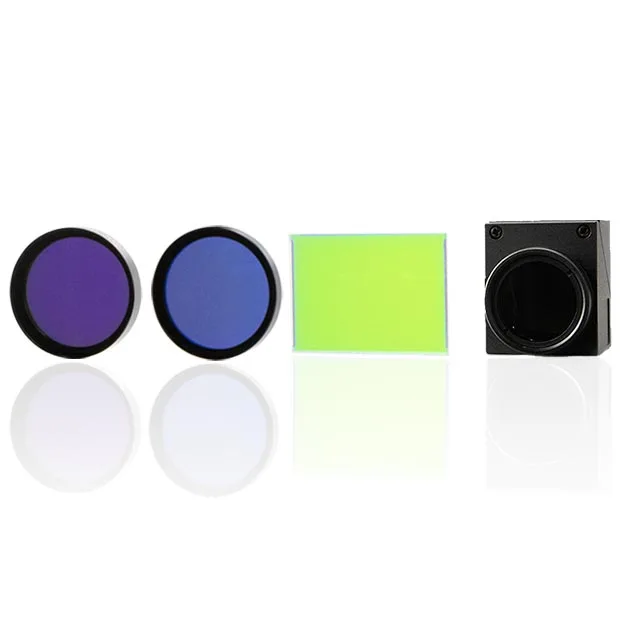
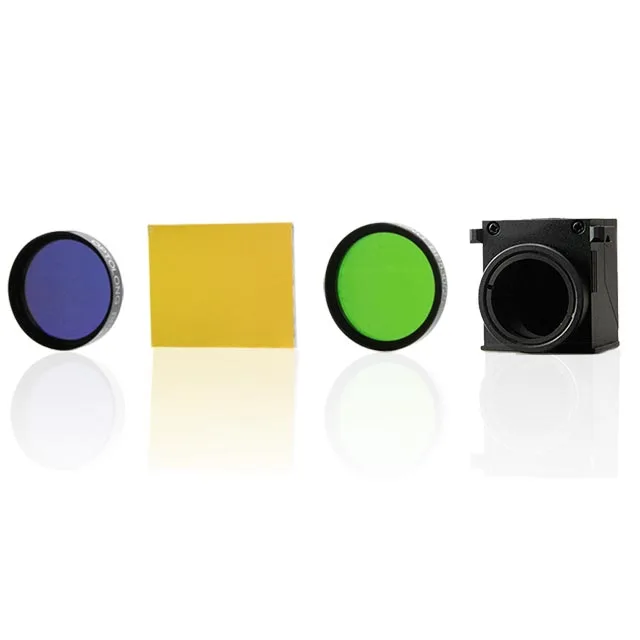
The primary goal of filter design for fluorescence microscopes is to create filter sets that maximize image contrast and maintain image quality to help scientists, engineers, and researchers that use Optolong Fluorescence Filter. The primary filtering element in an epifluorescence microscope is the set of three filters housed in a fluorescence filter cube: the excitation filters, the emission filters, and the dichroic mirror beamsplitter.

Purpose of each fluorescence microscope filters
in the fluorescence microscope filter set
An excitation filter is a high-quality optical-glass filter commonly used in fluorescence microscopy and spectroscopic applications for the selection of the excitation wavelength of light from a light source. Most excitation filter select light of relatively short wavelengths from an excitation light source, as only those wavelengths would carry enough energy to cause the object the microscope is examining to fluoresce sufficiently. The excitation filter used may come in two main types — short pass filters and bandpass filters.
An emission filter (aka barrier filter or emitter) attenuates all of the light transmitted by the excitation filter and very efficiently transmits any fluorescence emitted by the specimen while blocking unwanted traces of excitation light. This light is always of a longer wavelength (more to the red) than the excitation color. The emission filter used may come in two main types — Longpass Filter and bandpass filters.
Besides the excitation and the emission filter, a dichroic mirror is needed for all kinds of fluorescence microscopes. A dichroic mirror allows the light of a certain wavelength to pass through, while the light of other wavelengths is reflected. The dichroic beam splitter controls which wavelengths of light go to their respective filter.
These three fluorescence filters are commonly packaged together: excitation filter fluorescence microscopy, emission filter fluorescence microscopy, and a dichroic mirror fluorescence microscope in a fluorescence cube so that the group is inserted together into the microscope.
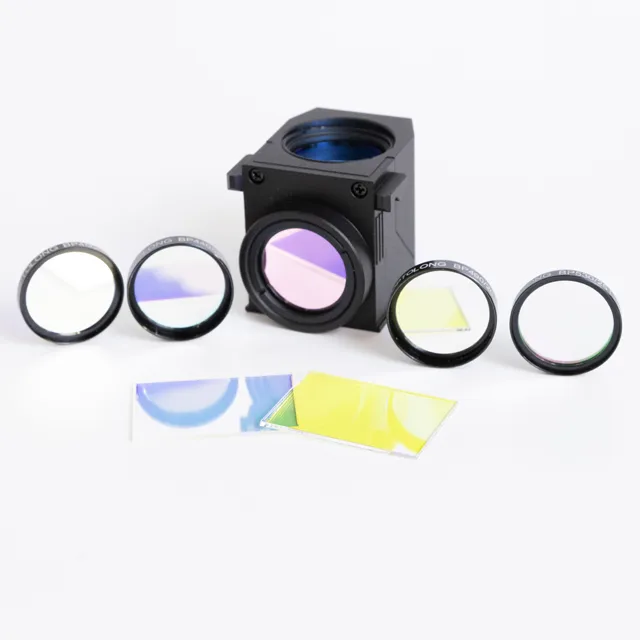
The role of fluorescence filters
For fluorescence imaging
Optolong Optics Who Offers Fluorescence filters act to modify the light within an optical fluorescence imaging system. This can be for observation purposes or for capturing high-quality images using a detector.
Each fluorescence microscopy filters can serve a different purpose and filters can be used for various improvements such as:
- Increasing contrast
- Blocking ambient light
- Removing harmful UV or IR rays
- Selectively omitting or transmitting specific wavelengths of light (such as excitation light)
- Correcting light path issues
- Reducing the intensity of the light.
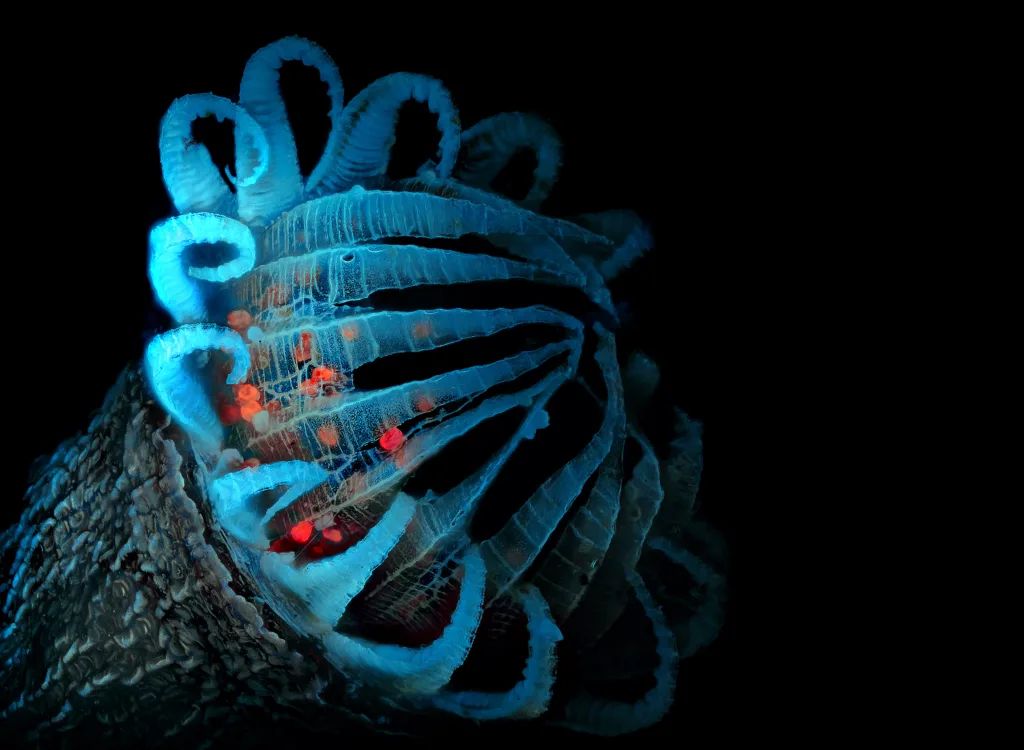
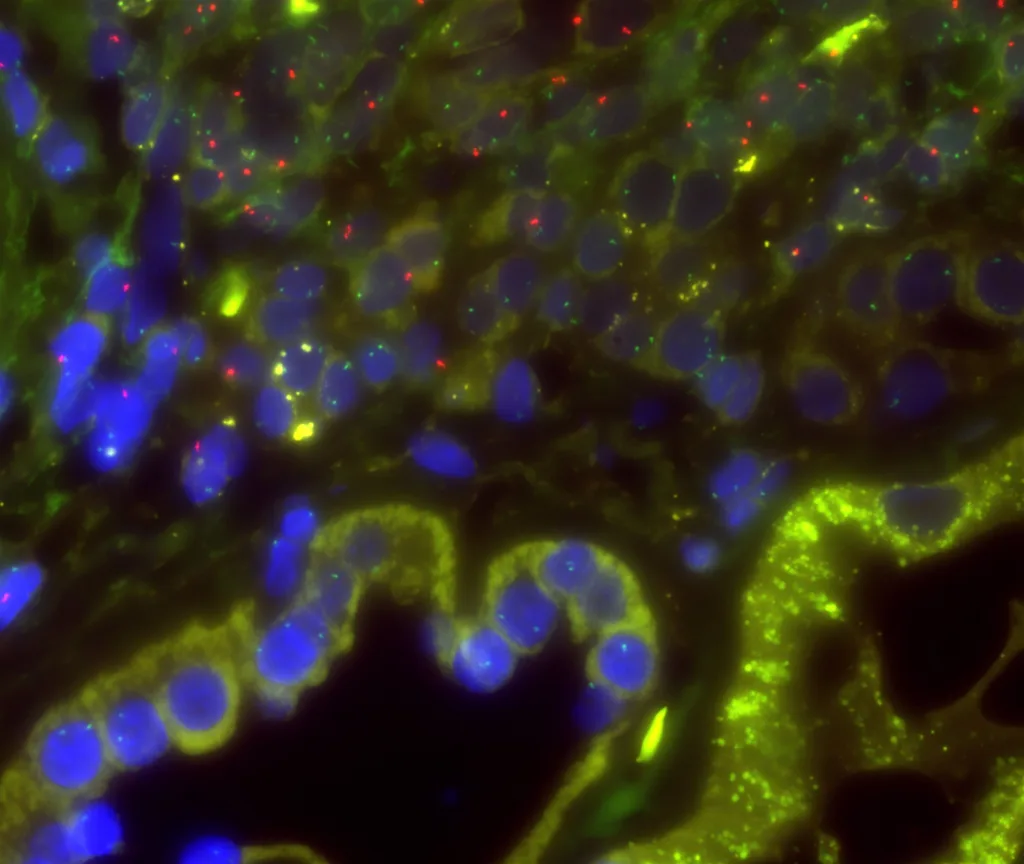
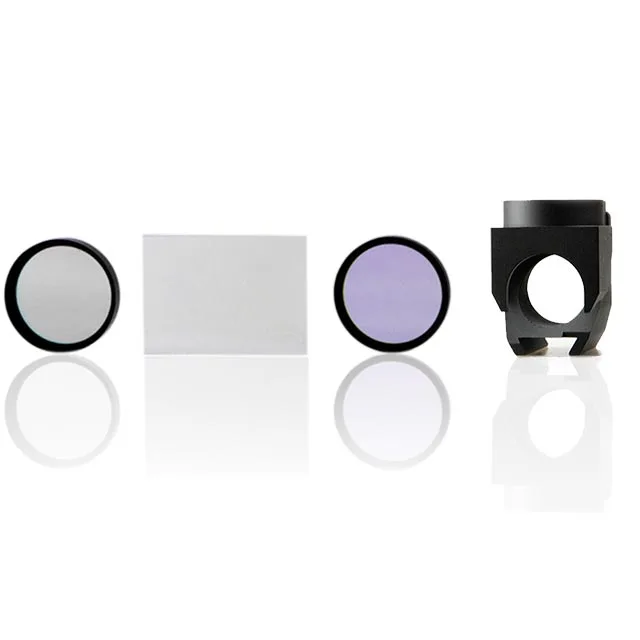
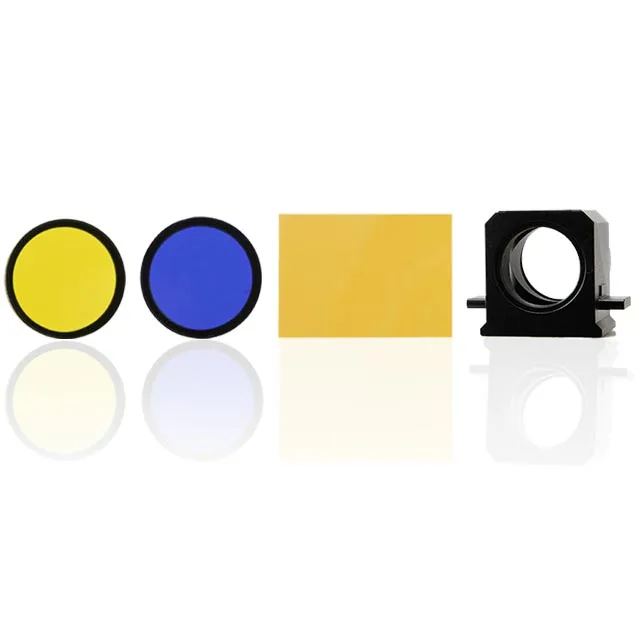
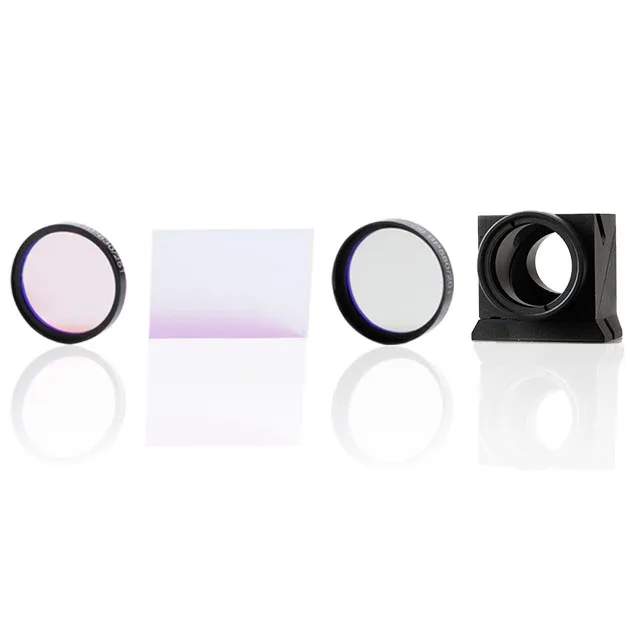
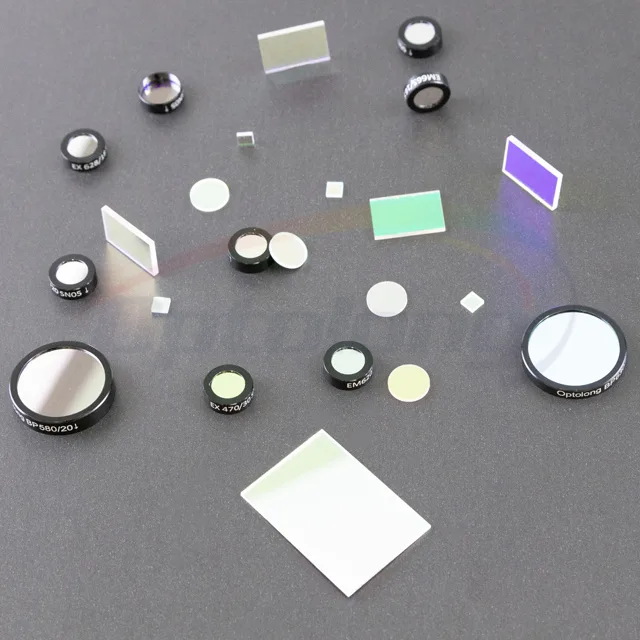
Polymerase Chain Reaction
